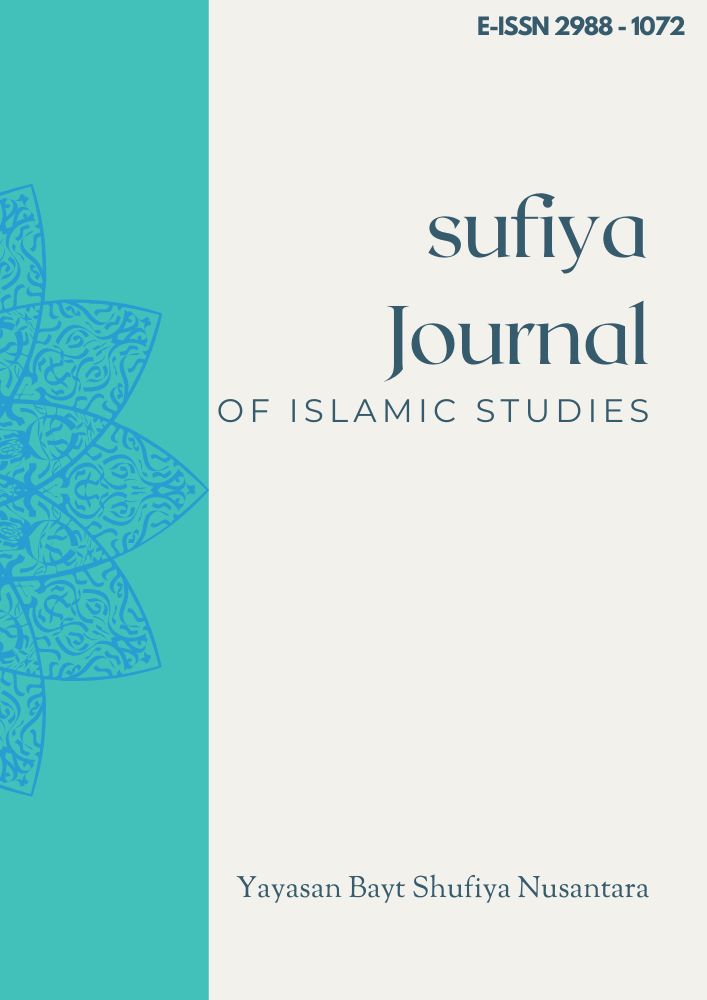Semantic Analysis of Contextual Items in WhatsApp Conversations
Keywords:
Semantic, Contextual, whatsappAbstract
This study aims to analyze the semantic role of contextual items—emojis, abbreviations, and discourse markers—in shaping meaning within WhatsApp conversations. Using a qualitative content analysis method, data were collected from naturally occurring chats among users aged 18 to 35. The findings show that emojis function as emotional amplifiers or softeners, abbreviations facilitate rapid and informal exchanges, and discourse markers manage tone, coherence, and politeness strategies. These elements work collaboratively to perform speech acts such as apologizing, refusing, and building interpersonal rapport. Based on Speech Act Theory and Relevance Theory, this study concludes that meaning in WhatsApp communication is co-constructed through interaction and social context. The research contributes to studies in digital discourse, semantics, and sociolinguistics, particularly within the Indonesian context.
References
Cabrera, M., & Flores, E. (2022). (n.d.). Digital Communication Styles in Mobile Messaging: Context, Emotion, and Interaction. Journal of Digital Discourse, 4(1), 35–52. 21(10).
Godspower Ochulor, P., Kaptani Atiu, Y., & Adebayo, M. (2023). A Pragmatic Analysis of Digital Media Stickers, Emojis and Gifs Towards Vocabulary Development. English Language, Literature & Culture, 8(4), 83–91. https://doi.org/10.11648/j.ellc.20230804.11
Hasibuan, S. M., Cisita, A., Ananda, S. E., & Aulia, V. G. (2024). Language Transformation In The Digital Era On Whatsapp : Issues And Solutions Of Using Emojis And Stickers As Replacements For Words Among Students Transformasi Bahasa di Era Digital pada WhatsApp : Masalah dan Solusi Penggunaan Emoji dan Stiker Sebagai P. 7337–7348.
Jones, R. H., & Hafner, C. A. (2021). Understanding Digital Literacies: A Practical Introduction. Understanding Digital Literacies: A Practical Introduction, 1–321. https://doi.org/10.4324/9781003177647
Rahayu, E. Y., Widyaningrum, A., Yulistiyanti, Y., & Kasprabowo, T. (2021). Code-Switching in Whatsapp Group: a Social Realty Amid Covid-19 Pandemic. PRASASTI: Journal of Linguistics, 6(2), 147. https://doi.org/10.20961/prasasti.v6i2.51204
Schaffner, B., Brohn, A., Chee, J., Feng, K. J., & Chetty, M. (2024). Designing and Testing a Mobile Application for Collecting WhatsApp Chat Data While Preserving Privacy. https://arxiv.org/pdf/2401.15221
Schreier, M. (2012). Qualitative content analysis in practice. SAGE Publications.
Telaumbanua, Y. A., Trima, N., Telaumbanua, N., Dwiyul, M., Gulo, B., Margaretha, D., Halawa, E., & Waruwu, E. K. (2023). The use of emojis on social media platforms in facilitating inter-cultural communication. Media and Communication Research, 4(8), 118–130. https://doi.org/10.23977/mediacr.2023.040803
Tesalonika, I., Mulatsih, S., & Nuswantoro, U. D. (2024). Emojis in Sociolinguistic Pragmatics : Navigating Speech Acts in Non-Verbal Digital Communication. 4(1), 212–220.
Widiana, Y., Abdullah, S. N. S., & Sumarlam, S. (2024). Phatic Emoji of Javanese Netizens in Social Media: a Cyberpragmatics Perspective on a Creative Communicative Strategy. Creativity Studies, 17(2), 589–600. https://doi.org/10.3846/cs.2024.16797
Downloads
Published
How to Cite
Issue
Section
License
Copyright (c) 2025 Sanju Febrio Saragih, Bernieke Anggita Ristia Damanik

This work is licensed under a Creative Commons Attribution-ShareAlike 4.0 International License.














